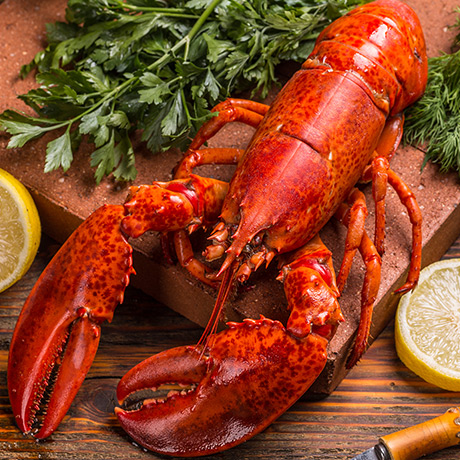Shelling crustaceans

Here are some tips and tricks to shell different types of crustaceans
Shrimps
Most uncooked shell-on shrimps, some Irresisitible frozen shrimp, and the fresh shrimp sold at your Metro Idées & marées counter have already been deveined by making an incision along their shells. This incision makes shelling the shrimps a lot easier.
- Delicately remove the head of the whole shrimp.
- Then remove the shell from the tail of the shrimp.
- The shell can be removed before or after cooking, it is simply a question of presentation so it’s up to the chef to decide!
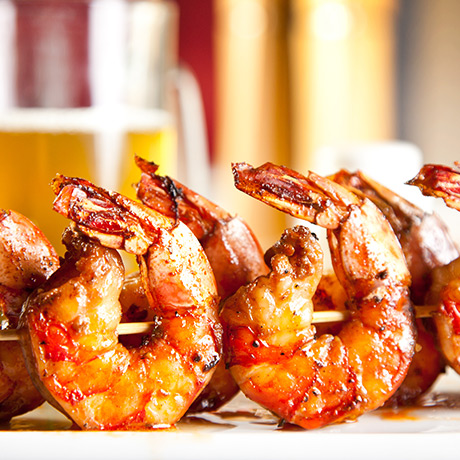
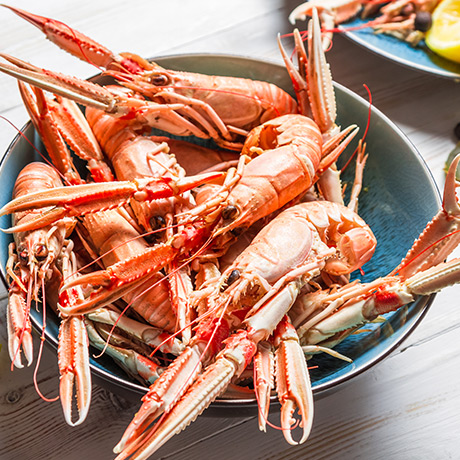
Scampi and crayfish
Frozen or fresh, the hard and spiny shells of scampi and crayfish complicate the process of shelling. You will need good kitchen shears or better yet, shellfish scissors.
- Using scissors or a small, very sharp knife, start by making an incision along the belly of the shrimp.
- Turn the shrimp over and make a lighter incision along its back with the blade of the knife... you might need a mallet!
- Spread open like a butterfly to facilitate seasoning.
Snow crab legs
- Using a small very sharp knife or shellfish scissors, cut along the side of each leg.
- Remove the crab meat using a small shellfish fork or the narrow handle of a small spoon.
- Don’t hesitate to crack the joints with your scissors or a nutcracker because it would be a shame to leave any of the delicious flesh on the cutting board!
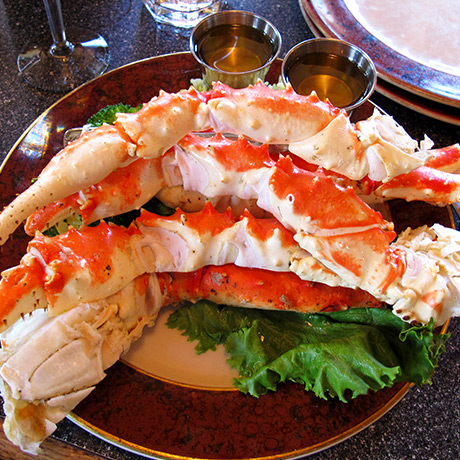
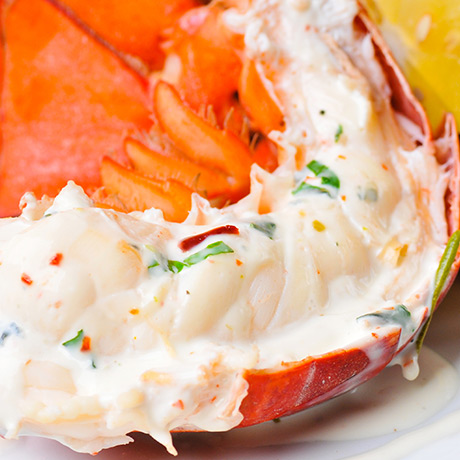
Lobster halves
- Place lobster stomach down and insert the tip of a sharp chef’s knife about an inch behind the eyes and cut along the back of the shell to the tip of the tail.
- Cut through the lobster with the blade of your knife; a couple of taps with a mallet might be required.
- If the lobster is not cooked, remove the small pouch near the head and the dark-green viscera (intestines) along the center of the lobster
- The coral (black when uncooked) and liver (green tomalley) can be removed and used to flavour a sauce or stock.
Lobster served whole or out of the shell
- Turn cooked lobster on its back.
- Uncurl the tail and, using a chef’s knife, cut through the center of the lobster, from the head to the tail.
- Using your hands, open the lobster by cracking the back shell.
- If you are serving the lobster whole, crack the claws using a nutcracker or shellfish scissors.
- If all you need for your recipe is the lobster meat, remove it from the tail.
- Detach claws and legs.
- Using a mallet or nutcracker, crack the shell and joints of the claws.
- Using your fingers or a thin shellfish fork, remove the meat from the claws.
